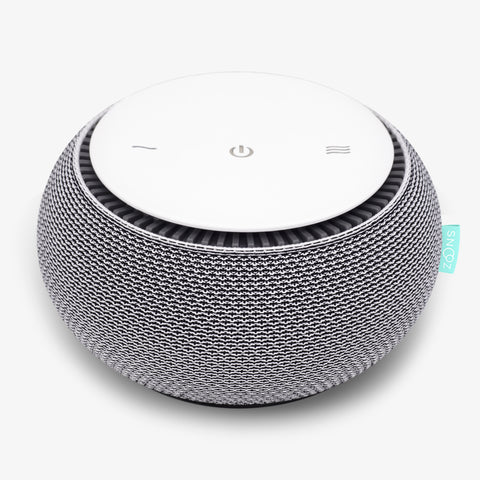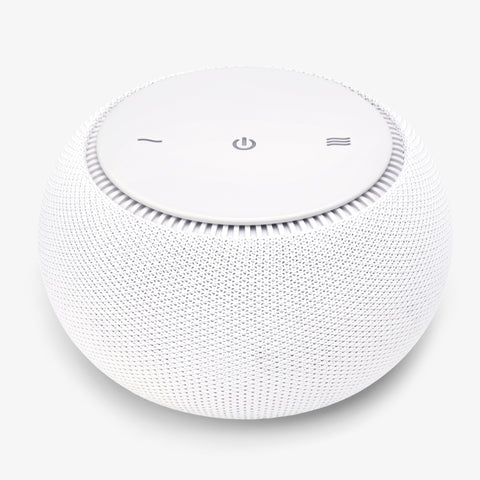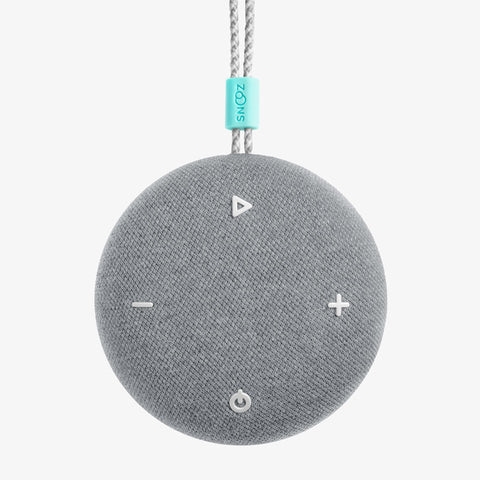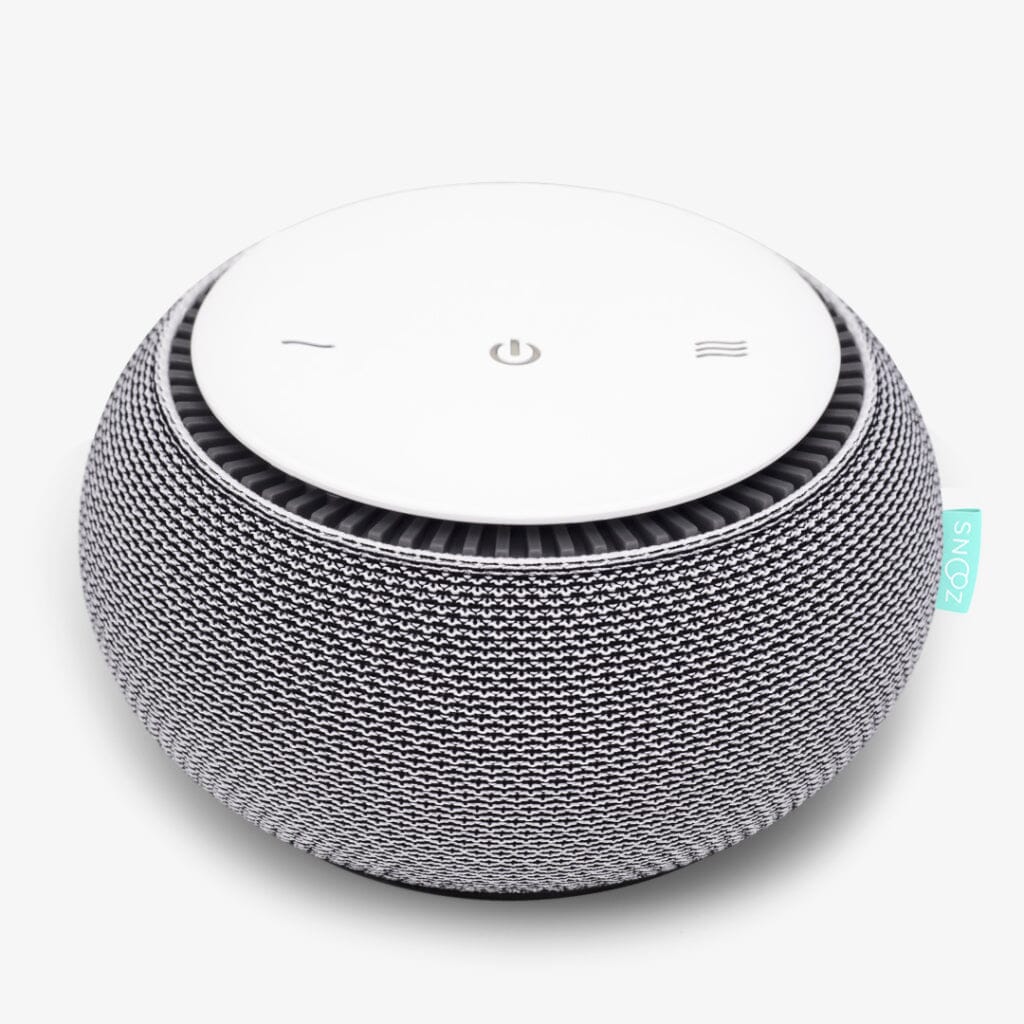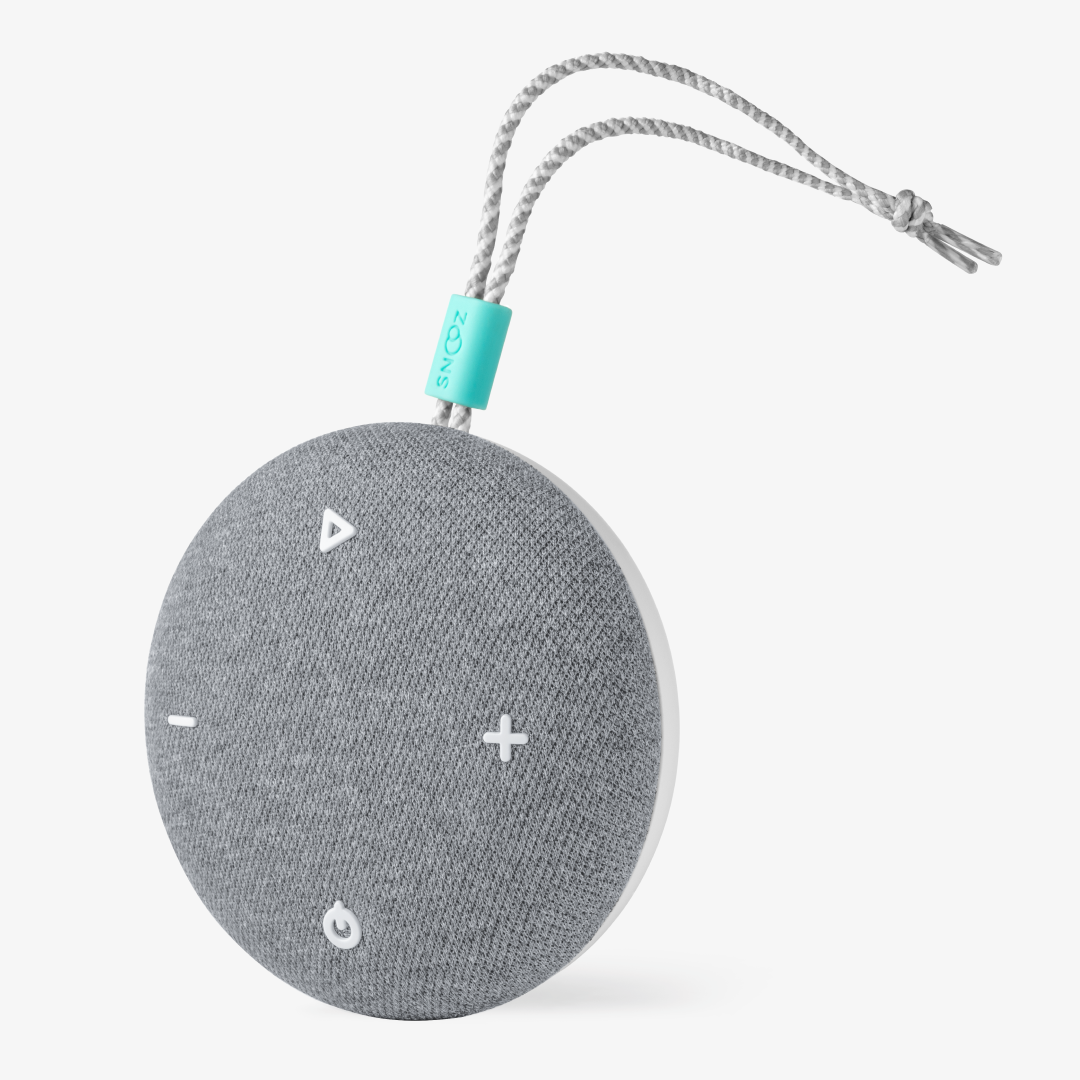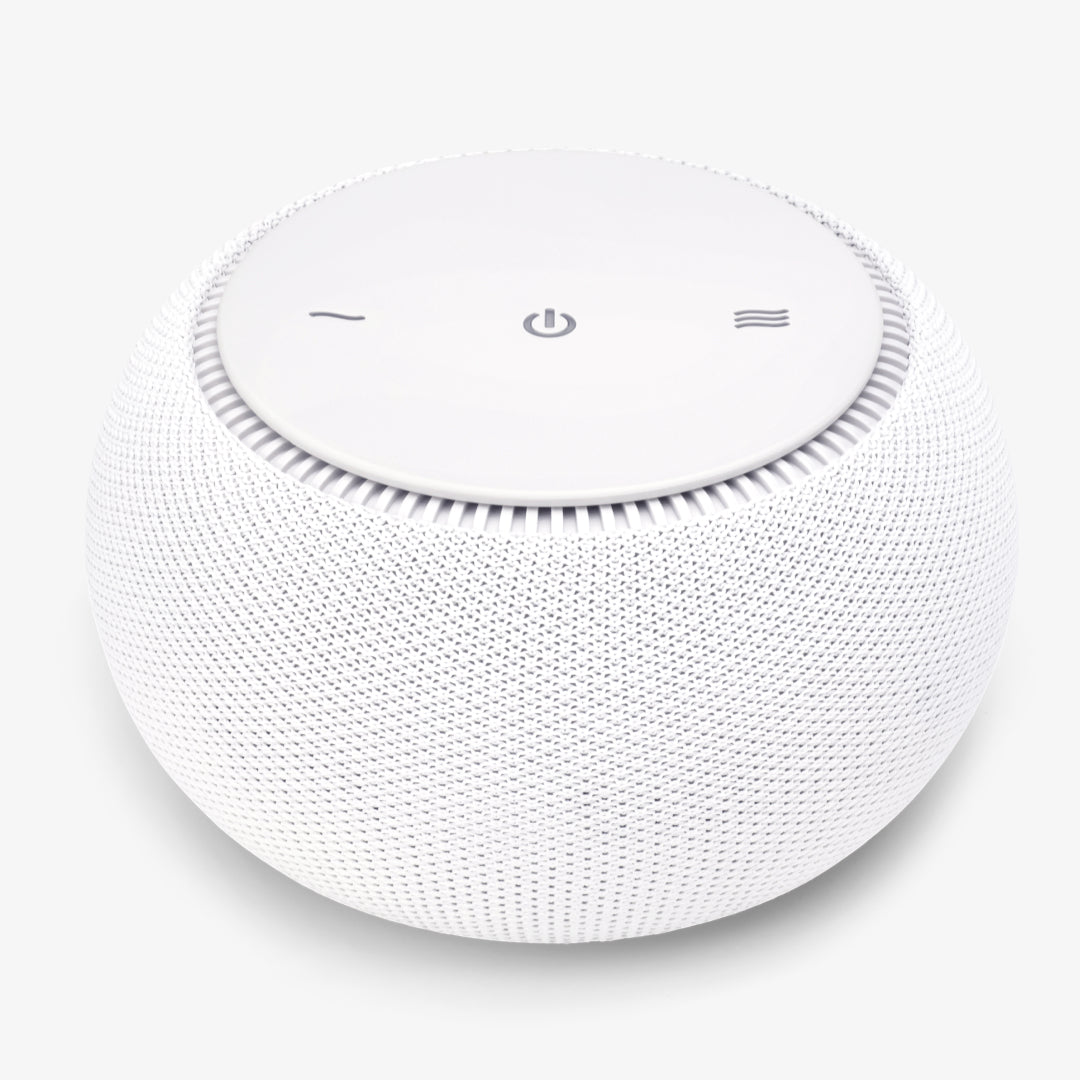Small ears can't handle big sounds. That's the rule of thumb to consider when it comes to keeping infants safe from hearing damage. Maintaining safe decibel levels for infants is critical for positive development, especially with communication. Good hearing is an essential component of proper conversation and avoiding loud noises during infancy will go a long way toward protecting your child's capability for listening to the world around them.
One of the big challenges for protecting your child's hearing is the fact that a baby doesn't know if something is too loud for him or her to handle. They aren't aware of decibel levels and while an infant can sense pain or discomfort from excessive and sharp noises, the child is unaware of the long-term and potentially permanent damage that could be caused as a result.
It's up to the parents to protect a baby's hearing and limit their exposure to loud environmental sounds. Decibel levels are critical for keeping your child safe. So how loud is too loud? Let's take a look at what is safe and what is potentially unhealthy.
Why is Loud Noise Dangerous for Infants?
Decibel levels that are safe for adults can be potentially harmful for infants and children. Exposure to extremely loud noises for any length of time threatens to damage the hearing for the short and long-term. The reason is due to a small child's ear canals are still developing and the auditory senses are extremely sensitive to noises in general, much less excessively loud ones.
As a result, loud sounds can be harmful to the hair cells in the ear canal which can impair these receptors of sound both temporarily and permanently with increased and routine exposure to excessive high decibel levels. The hearing nerve is also at risk of damage at a young age and hearing loss may be experienced suddenly or gradually over the long-term, resulting in impairment that could last for weeks, years, or on a permanent basis.
What are Safe Decibel Levels for Infants?
Decibel levels are measured in a way that is logarithmic and that can make loudness a deceptive concept. Something that may not sound very loud may actually have a decibel level that is far greater than you may think, particularly through exposure to that sound for extended lengths of time. This may disturb sleep and could possibly damage hearing over time.
Hospital nurseries will typically limit continuous noise to under 50 decibels. Studies have determined that introduction of intermittent stimuli at levels higher than 50 decibels in an otherwise silent room can have a detrimental impact on the sleep patterns of an infant.
To put that level of noise into some kind of perspective, the hum of your refrigerator is 40 decibels and an alarm clock can be around 80 decibels. Typical conversation between two people can get to around 50-55 decibels. Your washing machine can get up to 70 decibels when running.
When you think of these sounds, they don't come across as very loud at first. But in some of these cases, the decibel levels come close enough or exceed the suitable level to avoid potential damage to an infant's hearing.
Using Noise to Help Your Baby Sleep
If anything higher than 50 decibels can disrupt sleep for your baby, much lower decibel levels are not only more advantageous for the child but will allow for longer, restful sleep. Sleep quality is critical for infants and young children as they develop and grow. Some parents are curious about placing a white noise machine into an infant's room to help promote good, restful sleep and while the benefits of white noise for infants may be very similar to those enjoyed by adults, the results in your baby's particular situation may vary.
Is a White Noise Machine a Good Idea for Infants?
For parents who are considering the use of a white noise machine in a baby's room, always remember not to exceed more than 60 decibels. We recommend that you adjust the volume of the machine at a low volume and place it as far from the baby's crib as possible to remain audible. Even with these safeguards in place, we also recommend limiting the duration of use.
Some Warnings about White Noise for Infants
While a white noise machine can provide many benefits to babies and young children for the purposes of falling and staying asleep, there are some things to monitor going forward.
Growing Dependence for Sleep
If the white noise machine is showing positive and effective results when it's time to put baby down to sleep, you may want to change the pattern periodically. An infant who is having trouble falling asleep when the white noise machine is off may be developing a dependence on the sound for sleep. This can cause problems when the white noise machine is not available and any dependence on a sleep aid is never a good idea for any of us, particularly an infant.
Introduce White Noise Slowly
Infants are certainly fickle and they have no problem making their likes and dislikes known. Some babies may consider white noise the very opposite of soothing and the last thing they want to do is sleep while they hear it. So give it a try but don't necessarily expect your baby to welcome it from the start. This may require a slow and steady process for introducing white noise to your child.
Keeping all of the decibel limits in mind, place it in the room at a safe distance and try to monitor your baby's reaction to the sound. If he or she drifts off to Dreamland without as much as a whimper, you may have a helpful sleep aid on your side.
Consider the Length of Exposure
The length of exposure to white noise is especially important when using one of these machines around little ones. What might not be damaging in small doses can be just the opposite from long-term exposure.
For example, think about the sound of a running vacuum cleaner. It may be loud and bothersome, but not enough for you to leave the room. However, if you were subjected to that sound for the next eight hours, you might want to find a different place to hang out!
Refer to our Sound Level Guide for recommended decibel levels for both adults and infants.

